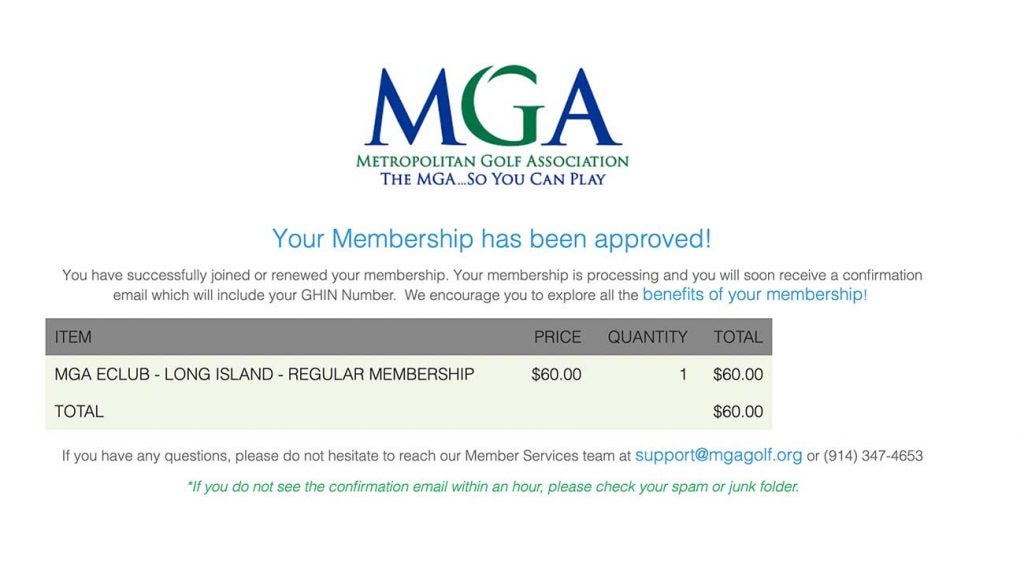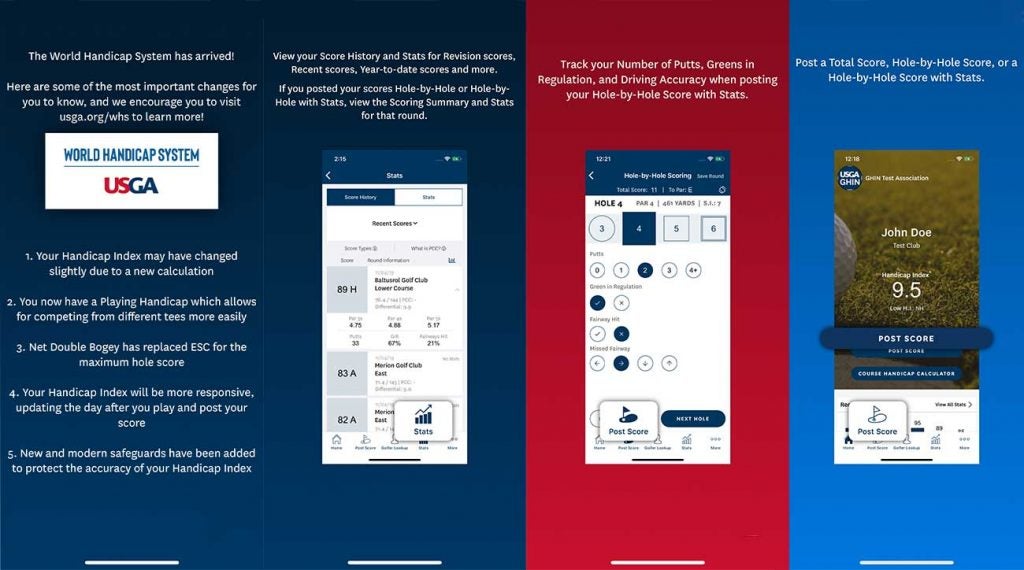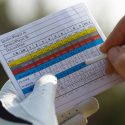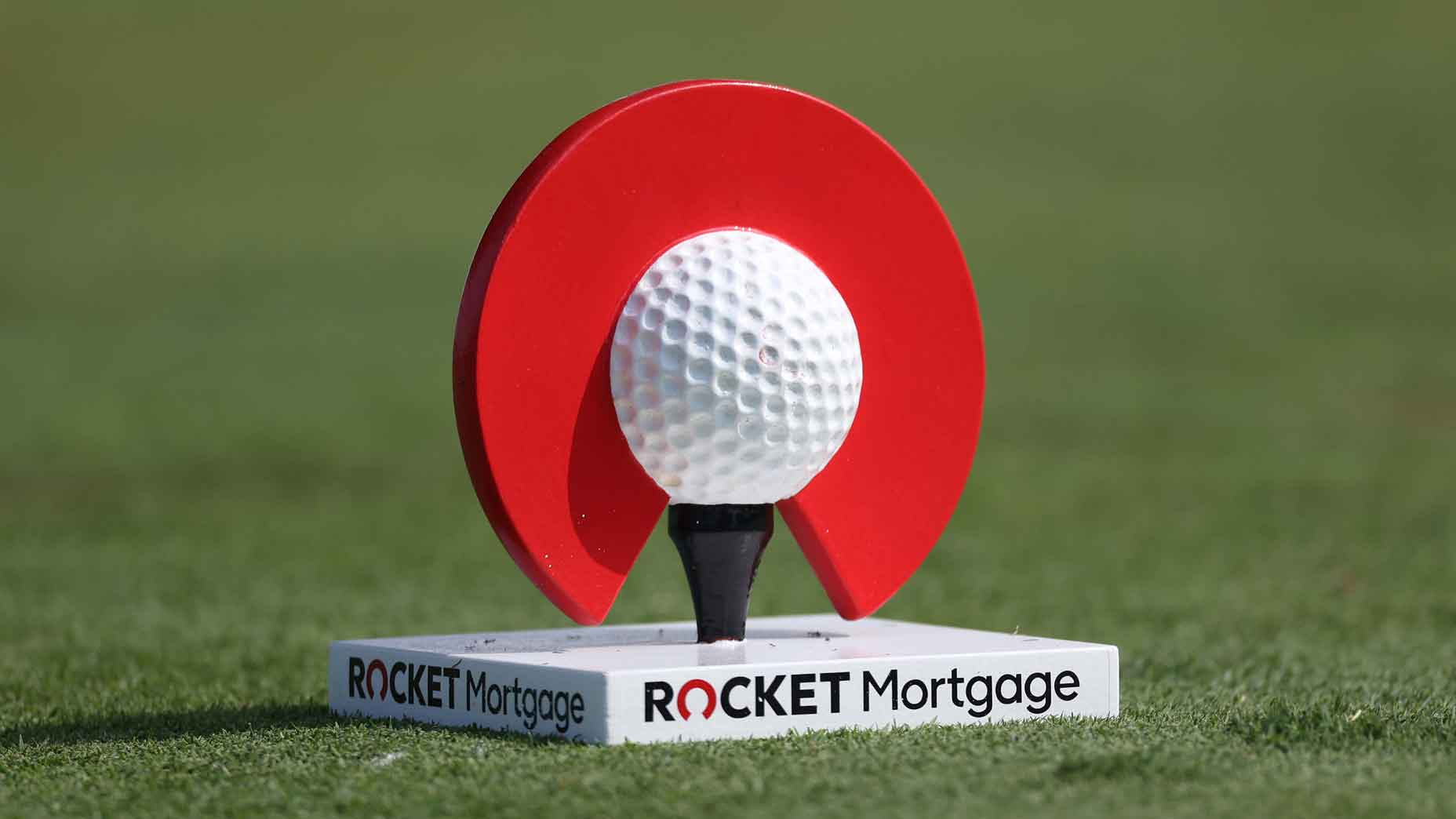 2024 3M Open: How to watch, TV coverage, streaming info, tee times
2024 3M Open: How to watch, TV coverage, streaming info, tee times
Why *finally* getting an official handicap index has given my game new meaning

“I have a confession to make.”
For years, that sentence defined not only my golf game, but also my golf life. While the shanks, slices, pushes and pulls came and went, that sentence remained.
Typically, I’d get asked it while on the course, usually somewhere between the 1st and 5th holes. Sometimes, more embarrassingly, it’d creep into my personal life — when meeting a girlfriend’s family, while getting my teeth cleaned at the dentist or even when running into some random fellow golfer at a bar. During my interview for the job I now have at GOLF, four different staffers inquired:
“What’s your handicap?”
It’s not that I didn’t want a handicap so much as I could never justify getting one.
I’m 22 years old and my love affair with golf has lasted roughly the same duration. As a kid, I begged my parents to take me to the local pitch and putt, despite a wacky, left-handed swing my father couldn’t understand (or tame). In eighth grade, I bought my first real set of clubs with my confirmation money. My first consistent job (omitting a short-lived stint as a pizza delivery boy) was as a caddie at a local country club.
I just never had proper incentive to get a handicap. To me, an index was for “good” golfers. People who shot in the 70s and 80s and who wanted to play competitively, either in organized events or with friends. It wasn’t for people like me, who cared deeply—even obsessively—about the game, but whose financial priorities were affording rent and cheap beer during the school year, not a swing coach.
So, I went without a handicap for years. I played often enough to know my typical scoring range (in the low-to-mid 90s) and the general index associated with that range. For me, a general idea was good enough. Plus, I wasn’t planning on entering a high-stakes match any time soon. Between internships and caddying, I spent more time carrying someone else’s clubs than my own. When I did play, it was an escape. Not an avenue to take 20 bucks off my buddies thanks to a bevy of free strokes. (I could do that easily enough by goading them into contests around the greens — “putt for dough” is especially true for caddies.)
It wasn’t until I started at GOLF that I began to contemplate finally learning my “number.” I was finally an adult. I had a real job and a steady paycheck. My days off weren’t spent caddying anymore; they were for something apparently called “leisure.” I was working in golf, for god’s sake! How could I not have a handicap? Years of rationale began to melt away.
Not long after, I found myself on the USGA website, watching an animated infomercial about the new world handicap system. After a few minutes of scrolling, it hit me. The new system wasn’t for better golfers. I, a passionate high-handicapper, was the target demographic: updated posting options to include 9-hole rounds, fewer scores needed to generate a handicap, refreshed rules about maximum scores for pace of play. The USGA was extending an olive branch to ME!
Not one to tempt fate, I decided it was high time to register. Here at the GOLF offices in New York, my first step was to head to the website for my USGA-authorized “golf association,” the MGA. After a few minutes, I decided upon an “e-club” membership, aimed at golfers who play a variety of courses with a variety of people. The other two membership options — a cheaper “public club” offering for people regularly playing at a “home course,” and a “create your own club” option for those who have a regular foursome or play in a league — weren’t for me.
ADVERTISEMENT

A grand total of three clicks and $60 later, my membership was secured. A few minutes after that, an email hit my inbox with my white whale: a crisp new GHIN number. I downloaded the handicap mobile app and began transferring scores from my personal database (my phone’s notes app) to the GHIN database.
Then … it happened. I entered the GHIN app and was brought to the home screen, which proudly displayed three numbers and a decimal against a royal blue background.
My pride in finally having an index nearly outweighed my relief in knowing I hadn’t overinflated my game for years. But more than the number, I felt different. Now I knew definitively how I stacked up as a golfer. I could quantify my improvement (or lack thereof) objectively against the rest of the golf populous.

I was never deluded about my ability, but the number was a wakeup call about the state of my game. It was time to enroll in swing lessons, get to the range and start taking my scoring a little bit more seriously. It was time to commit to getting better.
A month later, I’ve done all of the above things, but I’m still realistic. My newfound inspiration might mean nothing at all. I could very well be writing to you a year from now, fine readers of GOLF.com, as the very same golfer I am today. But I won’t be writing to you as a golfer without a handicap.
I guess, after all this time, my golf game is defined by something new: 17.4.
Have you seen our new “Subpar” series? Check out the first installment featuring John Rahm below!
CLICK HERE TO WATCH THE FULL SUBPAR INTERVIEW WITH JON RAHM ON YOUTUBE
To receive GOLF’s all-new newsletters, subscribe for free here.
ADVERTISEMENT








